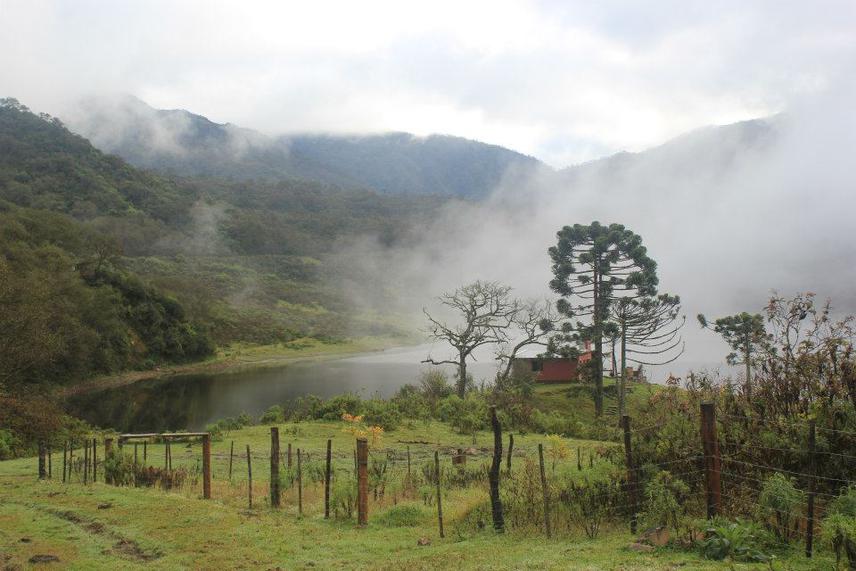Mauricio Nunez-Regueiro
Other projects
22 May 2014
Are Payments for Ecosystem Services Protecting the Most Threatened Forest from Agricultural Expansion? Understanding Adverse Self-Selection in the Chaco
In subtropical and tropical regions, forest often is left in strips between agricultural fields under the untested assumption that biodiversity is sustained. This project will assess the conservation value (or lack of value) of forest strips for mammals in one of the most endangered eco-regions (Chaco forest) and work with policy makers to incorporate project results into policies developed under the new Argentine National Forestry Law.

Identifying management options that retain biodiversity in agricultural areas is essential given the high rates of conversion of forest to agriculture worldwide. Forest strips are widely used in agricultural landscapes throughout the world, and they often are seen as high value components for biodiversity. The Grand Chaco eco-region, is the second largest forest in South America with annual rates of deforestation 12 times larger than the world mean. This project will contribute to conservation by providing the first critical evaluation of biodiversity implications of current environmental norms in the endangered Chaco eco-region that result in forest being confined to thin strips around agricultural fields. Few studies have been conducted worldwide to evaluate biodiversity value of forest strips in agricultural areas.
My study will be conducted in Chaco forest of Salta Province, Argentina, a subtropical region with high biodiversity and one of the world’s highest deforestation rates. Importantly, my data will be used to inform implementation of the new National Forest Law of Argentina that requires development of conservation and sustainable management criteria for forests by provincial governments. Although this law is being implemented throughout Argentina, few data are available to direct forest policies that promote biodiversity and relatively little ecological research in Argentina focuses on conservation issues.
My project will serve as a model for linking field science and policy. By understanding effects of forest strips on mammals, and the mechanisms by which these effects may occur, predictions can be made about the magnitude and types of changes that will occur in mammalian communities across the Chaco if these forests continue to be destroyed and forest strips continue to be mandated. If our hypothesis is correct and these forest strips support only a small part of the mammal community, our findings will challenge current forest practices of placing forest in isolated strips and stimulate discussion of alternative options to conserve forest habitat for mammals and other biodiversity.